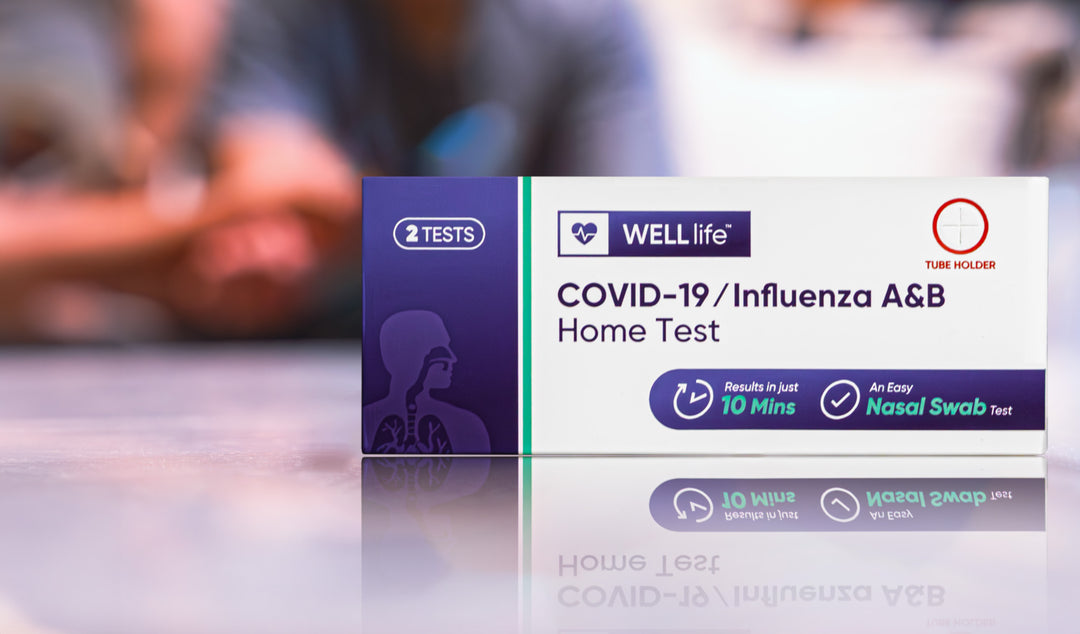Understanding the Accuracy of Rapid At-Home Flu and COVID-19 Tests

Accuracy is a key concern when using rapid at-home flu and COVID-19 tests.
How Rapid Tests Work
- Sample Collection: A nasal swab collects a sample from the respiratory tract.
- Antigen Detection: The test identifies viral antigens, indicating the presence of flu or COVID-19.
- Result Display: Results are typically displayed as lines or symbols on the test device.
Factors Affecting Accuracy
- Timing: Testing too early or too late after exposure can affect results.
- Sample Quality: Proper sample collection is crucial for accurate results.
- Test Conditions: Follow the storage and usage instructions for best results.
Comparison with PCR Tests
- Rapid tests are generally less sensitive than PCR tests but provide quicker results.
- They are ideal for initial screening and when immediate results are needed.
Conclusion Understanding the accuracy of rapid at-home tests helps you make informed decisions about your health. Trust the results by following guidelines and using high-quality test kits.
Learn more about test accuracy from the WHO's Guide to COVID-19 Testing.
Well Life



